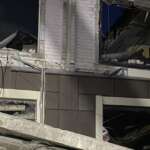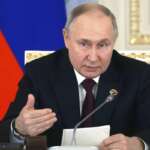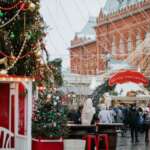A Closer Look at Democratic Republic of the Congo
Democratic Republic of the Congo Flag
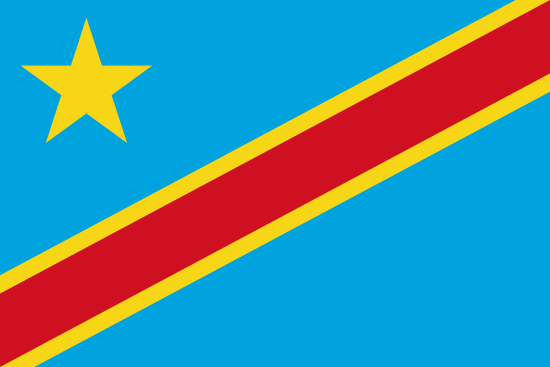
Democratic Republic of the Congo Formation Date
November 28, 1960
Democratic Republic of the Congo Capital Name
Kinshasa
Democratic Republic of the Congo Neighbours
 Angola
Angola Burkina Faso
Burkina Faso Burundi
Burundi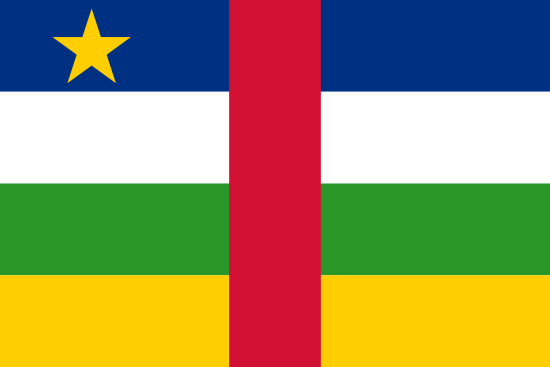 Central African Republic
Central African Republic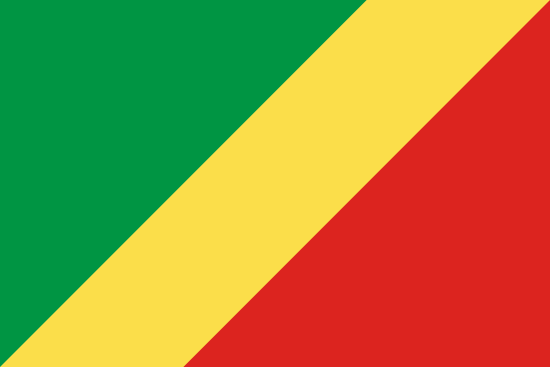 Republic of the Congo
Republic of the Congo Rwanda
Rwanda South Africa
South Africa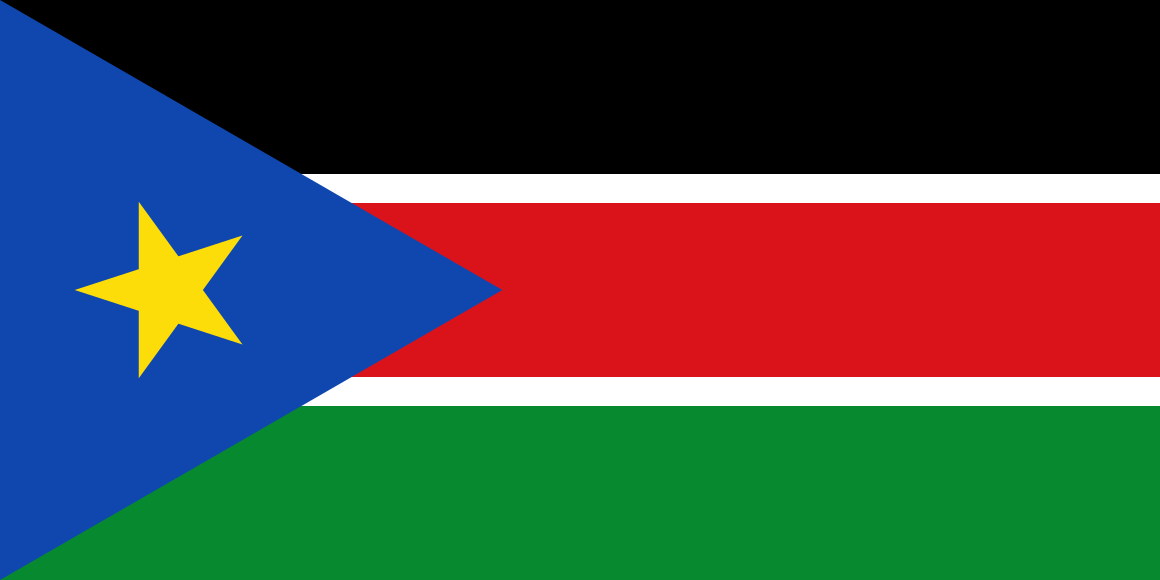 Sudan
Sudan Tanzania
Tanzania Uganda
Uganda Zambia
Zambia
Exploring Democratic Republic of the Congo
Introduction
The Democratic Republic of the Congo, also known as DRC or simply Congo, is a country located in Central Africa. It is the second-largest country in Africa by land area and the fourth most populous country on the continent. The country is rich in natural resources, with a diverse landscape and a complex history. Its name, "Congo," comes from the Kingdom of Kongo, which existed in the region during the 15th century.Key Takeaways
- The Democratic Republic of the Congo is a country located in Central Africa.
- It is the second-largest country in Africa by land area and the fourth most populous country on the continent.
- The country's name, "Congo," comes from the Kingdom of Kongo, which existed in the region during the 15th century.
Geography
The Democratic Republic of the Congo is located in Central Africa, bordered by nine other countries including Angola, Zambia, and Tanzania. The country has a diverse landscape, with tropical rainforests in the central and western regions, savannas in the south, and mountains in the east. The Congo River, one of the longest rivers in Africa, flows through the country and provides important transportation and hydroelectric power. The DRC is rich in natural resources such as diamonds, gold, copper, and oil. However, exploitation of these resources has caused environmental degradation and conflict within the country. The climate in DRC varies depending on location, but it is generally hot and humid with two rainy seasons and two dry seasons. The average temperature ranges from 20-27°C (68-81°F).Origin and History
The area that is now known as DRC has been inhabited by various ethnic groups for thousands of years. The Bantu people, who migrated to the region around 2000 years ago, are the largest ethnic group in the country. In the 15th century, the Kingdom of Kongo was established in the region, which had strong trade and cultural ties with European nations. In the late 19th century, the country was colonized by Belgium and named the Belgian Congo. After gaining independence in 1960, DRC went through a period of political instability and conflict. The country has faced numerous wars and rebellions, including a civil war that lasted from 1998 to 2003.Government and Politics
The Democratic Republic of the Congo is a republic with a semi-presidential system. The president is both the head of state and head of government, and is elected for a five-year term. The National Assembly and Senate make up the legislative branch of government. DRC is divided into 26 provinces, each with its own elected governor. The country also has a complex system of local governance, with traditional chiefs and village leaders playing important roles in decision-making. DRC has had a tumultuous relationship with its neighboring countries, with border disputes and conflicts over resources being common. The country has also faced criticism for its human rights record and political corruption.Commerce and Economy
The economy of DRC is largely based on agriculture, mining, and manufacturing. The country is rich in natural resources, but due to political instability and corruption, its economy has not been able to reach its full potential. DRC's main exports include diamonds, gold, copper, cobalt, and crude oil. Its main trading partners are China, Zambia, South Africa, and Belgium. The Congolese Franc (CDF) is the official currency of DRC.Demographics
The population of DRC is estimated to be around 89 million, with a high population growth rate. The country has a diverse population, with over 200 ethnic groups and languages spoken. The majority of the population is Christian, with a significant Muslim minority. The population is predominantly rural, with only about 40% living in urban areas. The average life expectancy in DRC is 60 years, and the literacy rate is around 77%.Culture
DRC has a rich and diverse culture, influenced by its many ethnic groups and colonial history. Art, music, and dance play important roles in Congolese culture, with traditional masks and sculptures being popular forms of art. Music is an integral part of daily life in DRC, with various genres such as soukous, rumba, and ndombolo being popular. The country also has many vibrant festivals and celebrations throughout the year, including the famous Mardi Gras celebration in Kinshasa.Languages and Religion
French is the official language of DRC, but there are over 200 other languages spoken in the country. Lingala, Swahili, and Kikongo are some of the most widely spoken regional languages. Christianity is the dominant religion in DRC, with over 90% of the population identifying as Christian. Islam is also practiced by a significant minority of the population.Education and Healthcare Systems
The education system in DRC follows a 6-4-4 structure (six years of primary school, four years of secondary school, and four years of university). However, access to education is limited due to high poverty rates and lack of infrastructure. The healthcare system in DRC is underdeveloped, with limited access to quality healthcare for many citizens. The country has one of the highest infant mortality rates in the world and struggles with diseases such as malaria and HIV/AIDS.Sports and Recreation
Football (soccer) is the most popular sport in DRC, with the national team having won the African Cup of Nations twice. Basketball, boxing, and athletics are also popular sports in the country. DRC has a diverse landscape, making it a great destination for outdoor activities such as hiking, camping, and wildlife viewing. The country is also home to many national parks and reserves, including Virunga National Park, which is home to endangered mountain gorillas.Tourism
DRC has a wealth of tourist attractions, from its stunning natural landscapes to its rich cultural heritage. Some must-see places include the Congo River, Garamba National Park, and the city of Kinshasa. The country's tourism industry is still developing, but efforts are being made to improve infrastructure and promote sustainable tourism. The main mode of transportation for tourists is by air or boat, as road travel can be challenging due to poor road conditions.Travel Information for Foreign Visitors
Foreign visitors to DRC are required to obtain a visa before entering the country. It is also recommended to get vaccinations for diseases such as yellow fever and malaria before traveling. Safety can be a concern in some areas of DRC due to ongoing conflicts and political instability. It is important to research the current situation and follow safety precautions while traveling. The official currency in DRC is the Congolese Franc (CDF), but US dollars are also widely accepted. Credit cards are not widely accepted, so it is best to carry cash when traveling.Quotes
- "Africa is not just about where you're from; it's about where you're going." - Dikembe Mutombo, Congolese-American NBA player.
- "We have an obligation to help those who are suffering." - Denis Mukwege, Congolese gynecologist and Nobel Peace Prize laureate.
- "We are not just victims of war; we are also agents of peace." - Julienne Lusenge, Congolese women's rights activist.
Conclusion
In conclusion, the Democratic Republic of the Congo is a country with a complex history, diverse culture, and rich natural resources. Despite facing numerous challenges, the country has a resilient population that is working towards a brighter future. With ongoing efforts to improve infrastructure and promote sustainable tourism, DRC has the potential to become a top destination in Africa.Democratic Republic of the Congo Highest Point Name
The highest point in the Democratic Republic of Congo is Mount Stanley, located in the Rwenzori Mountains. Its elevation is 5,109 meters (16,762 feet) above sea level.
Democratic Republic of the Congo Capital Longitude
The capital of the Democratic Republic of Congo is Kinshasa and its longitude is 15.2069° E.
Democratic Republic of the Congo Capital Latitude
Kinshasa, the capital of the Democratic Republic of Congo, is located at 4.4419° S, 15.2663° E.
Democratic Republic of the Congo Official Languages
The official languages of the Democratic Republic of Congo are French and Lishanja.
Democratic Republic of the Congo Ethnic Groups
The Democratic Republic of Congo has a population of over 80 million diverse ethnic groups, including the Kongo, Luba, Mongo, Mangbetu-Azande, Teke, There were 228 "ethnic communities" reported in the 2008 census. The largest group are the Kongo people, who make up around 48% of the population. Other significant ethnic groups include the Luba (around 10%), Mongo (around 8%), Mangbetu-Azande (around 7%), Teke (around 6%), and Hema (around 5%). Additionally, there are the Pygmy people, who are scattered throughout the Congo Basin, as well as communities of Hutu, Tutsi, Swahili, and Europeans that are present in some urban areas.
Democratic Republic of the Congo Religions
The Democratic Republic of Congo is a religiously diverse country consisting of a number of faiths. Catholicism is the most widely followed religion, with almost 50% of the population identifying as Catholics. The remaining half of the population consists of Protestants, Muslims, traditional religions, and various denominations of Christianity including Pentecostals and Seventh-Day Adventists. The country adherents can also be divided into two denominations of Reform Protestants (an evangelical wing of the Protestant Church) and Orthodox, traditional Protestants (a mainline, socially and ecclesiastically distinct branch of Protestantism). Animism and traditional religious practices remain prevalent, particularly among the various ethnic and tribal groups.
Democratic Republic of the Congo Total Area
2,344,858 square kilometers (905,567 square miles).
Democratic Republic of the Congo Land Area
The Democratic Republic of Congo covers an area of 2,344,858 square kilometres (905,568 square miles).
Democratic Republic of the Congo Water Area
The Democratic Republic of Congo (DRC) is a large Central African country with an estimated population of 87 million and a land area of 2,345,410 square kilometers. It is the second most populous country in sub-Saharan Africa, after Nigeria. Freshwater systems in the DRC have been estimated to contain 12% of the surface freshwater in all of Africa. Major rivers in the DRC include the Congo River and its tributaries, the Ubangi, the Ubangi River, the Sangha River, the Ituri and the Aruwimi.Approximately 20 percent of the DRC's total land area is covered by water. Of these, 24 percent of the wetland areas are located in the northern region. The remaining 76 percent are found in the eastern, southern and central regions. The largest lakes are Lake Mai Ndombe, Lake Mai Ndumbi and Lake Tumba, all located in the northern region. There are also several major rivers in the eastern and central regions, including the Ituri, Ruzizi, and Lomami Rivers.In addition to surface water, the DRC also has considerable groundwater resources, which are particularly important in the dry season. A total of 14 underground aquifers have been mapped in the country. These aquifers are usually seasonally recharged during the rainy season and can provide some degree of water security in the dry season.The DRC also has numerous artificial reservoirs, which are mainly used for irrigation, electricity production, and fishing. These include the Inga dams on the Congo River, the Kariwa and Douala dams on the Ubangi River, and the Nzilo dams on the Ituri River.Access to safe drinking water is a challenge in the DRC due to many factors, including low levels of infrastructure and service provision, remote locations, and low levels of affordability. Unsafe water is one of the main causes of death and water-borne diseases in the country, with an estimated 70,000 deaths per year due to diarrhea alone. Therefore, the water issues in the DRC continue to be a major challenge to the government, civil society, and international development partners.
Democratic Republic of the Congo Total Population
As of July 2020, the Democratic Republic of Congo has an estimated population of 91,705,521 people.
Democratic Republic of the Congo Currency Name
Congolese Franc (CDF).
Democratic Republic of the Congo Currency Code
The country currency code for the Democratic Republic of Congo is CDF.
Democratic Republic of the Congo Currency Symbol
The Democratic Republic of the Congo's currency symbol is CDF.
Democratic Republic of the Congo Time Zones
- Standard Time: UTC+02:00
- Daylight Saving Time: UTC+03:00
The Democratic Republic of Congo sits in the Central Africa Time Zone (CAT), which is UTC+2. Daylight saving time is also observed, shifting the time forward by one hour to UTC+3. This switch typically occurs during the last Sunday of March, when clocks are adjusted one hour forward at 2 AM local time. It then returns to normal time at the last Sunday of October at 2 AM local time, when clocks are adjusted one hour back.
Democratic Republic of the Congo Calling Code
+243
Democratic Republic of the Congo Internet TLD
www.aveholidays.cd
How to Say "Democratic Republic of the Congo" In Different Languages?
- Czech
- Demokratická republika Kongo (cs-CZ)
- French
- République démocratique du Congo (fr-FR)
- German
- Demokratische Republik Kongo (de-DE)
- Hindi
- डेमोक्रेटिक रिपब्लिक ऑफ़ कांगो (hi-IN)
- Indonesian
- Republik Demokratik Kongo (id-ID)
- Persian
- جمهوری دموکراتیک کنگو (fa-IR)
- Hebrew
- הרפובליקה הדמוקרטית של קונגו (he-IL)
- Italian
- Repubblica Democratica del Congo (it-IT)
- Japanese
- コンゴ民主共和国 (ja-JP)
- Dutch
- Democratische Republiek Congo (nl-NL)
- Polish
- Demokratyczna Republika Konga (pl-PL)
- Portuguese
- República Democrática do Congo (pt-PT)
- Russian
- Демократическая Республика Конго (ru-RU)
- Afrikaans
- Demokratiese Republiek van Kongo (af-ZA)
- Spanish
- República Democrática del Congo (es-ES)
- Sinhala
- කොංගෝ ප්රජාතාන්ත්රික ජනරජය (si-LK)
- Turkish
- Demokratik Kongo Cumhuriyeti (tr-TR)
- Ukrainian
- Демократична Республіка Конго (uk-UA)
- Vietnamese
- Cộng hòa Dân chủ Congo (vi-VN)
Democratic Republic of the Congo Popular Holidays
- New Year's Day
- 1 January (1January)
- Epiphany
- 6 January (6January)
- Commemoration of President Lumumba
- 17January
- Anniversary of the DRC Constitution
- 25 February
- Good Friday
- 10 April (10 April)
- Easter Monday
- 13 April ( 13 April)
- Labour Day
- 1 May
- Ascension Day
- 21 May
- Africa Day
- 25 May
- Corpus Christi
- 11 June
- Independence Day
- 30 June
- Children's Day
- 1 July (1July)
- Assumption Day
- 15 August
- Dewali
- 27 November
- Christmas Eve
- 24 December
- Christmas Day
- 25 December
- Boxing Day
- 26 December (26 December)


